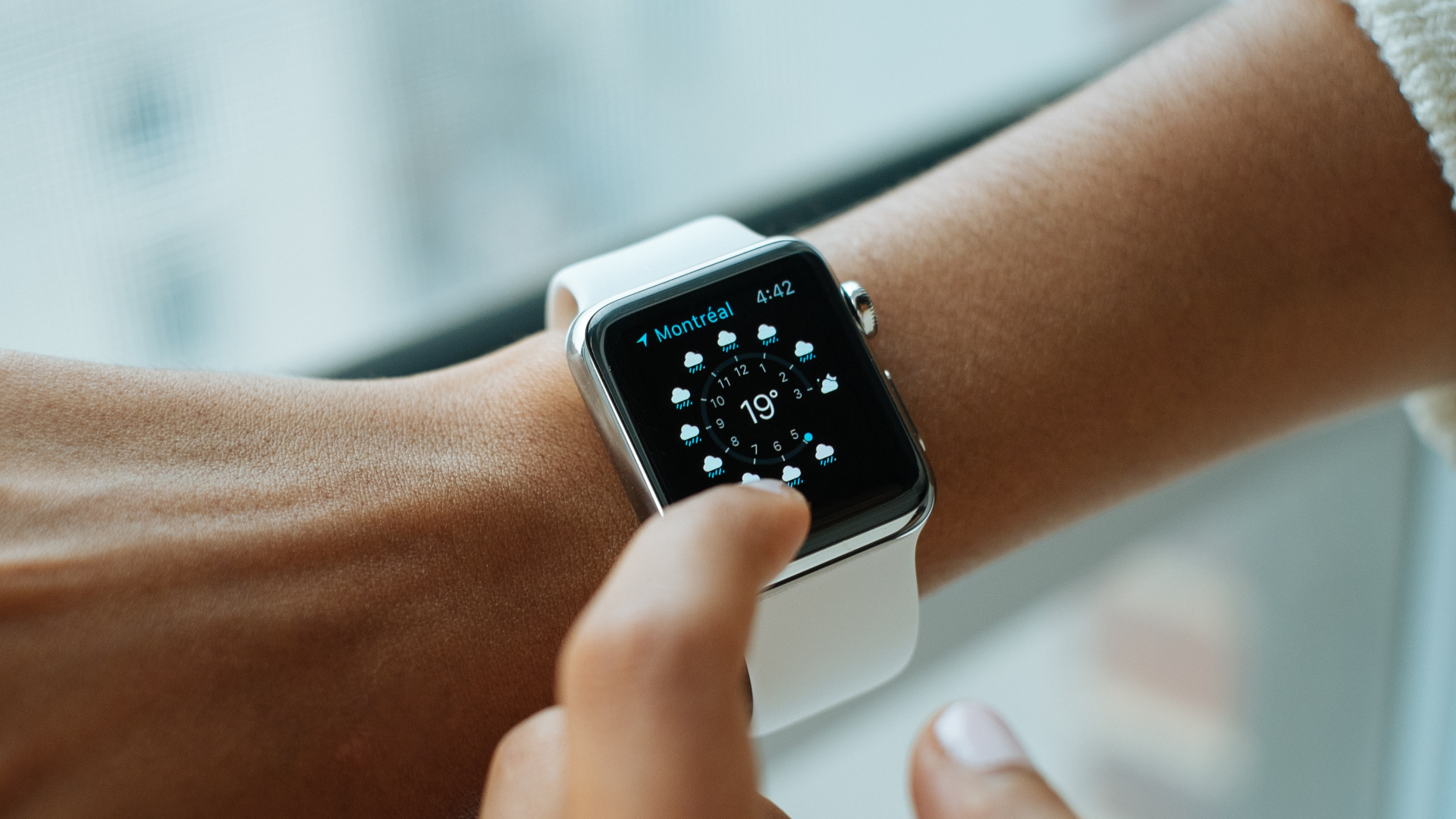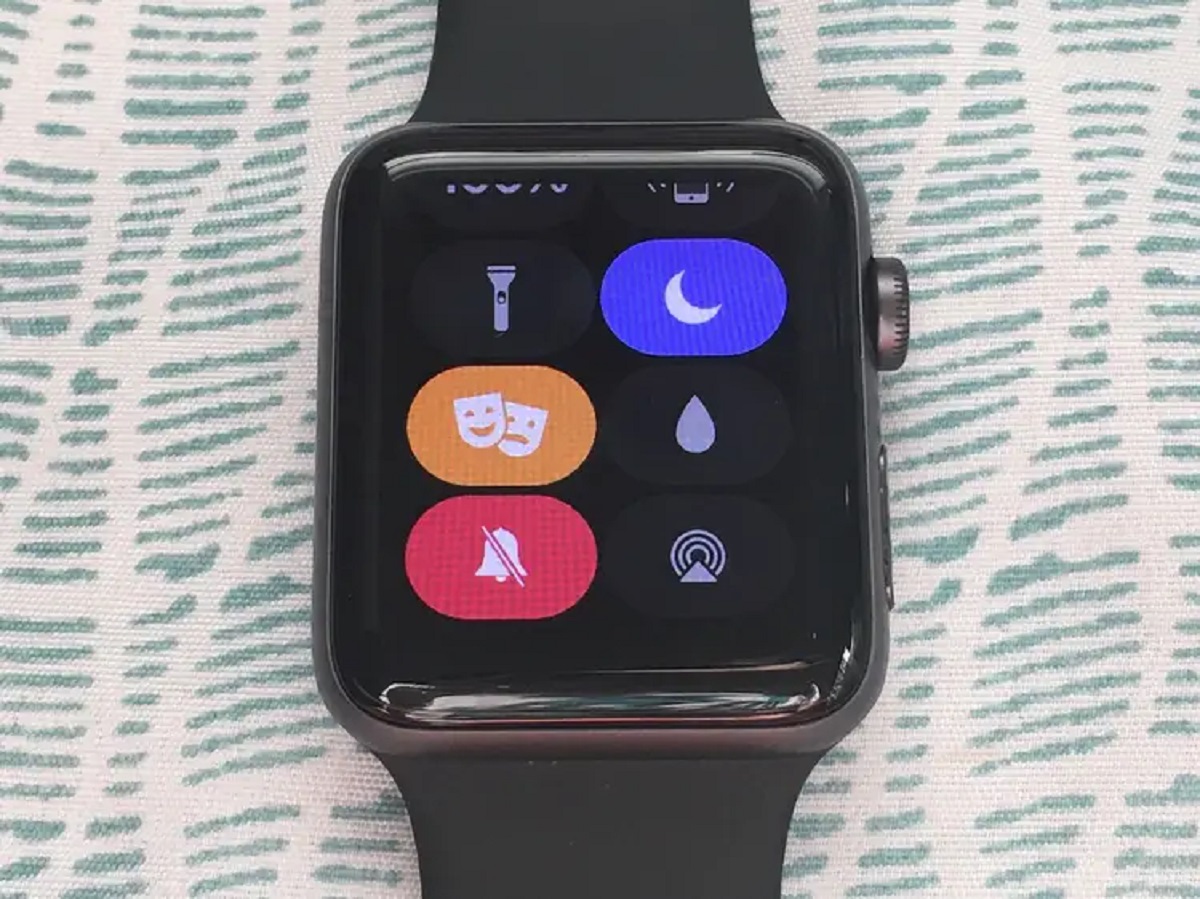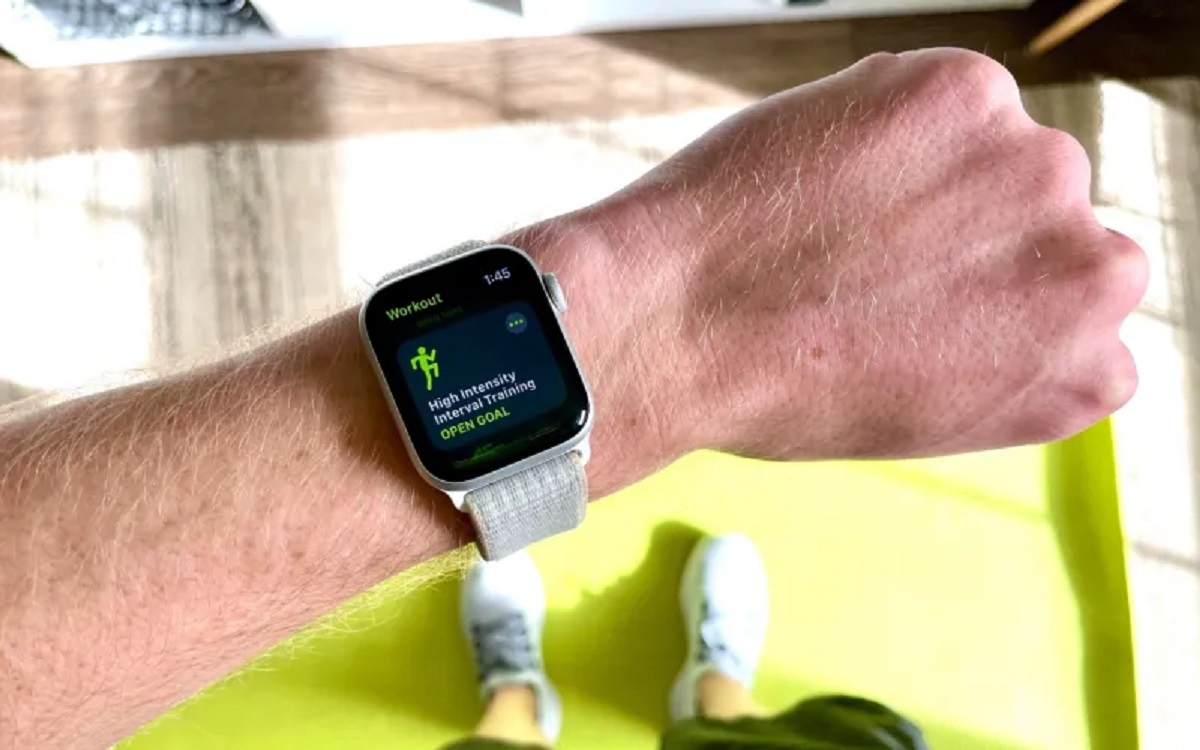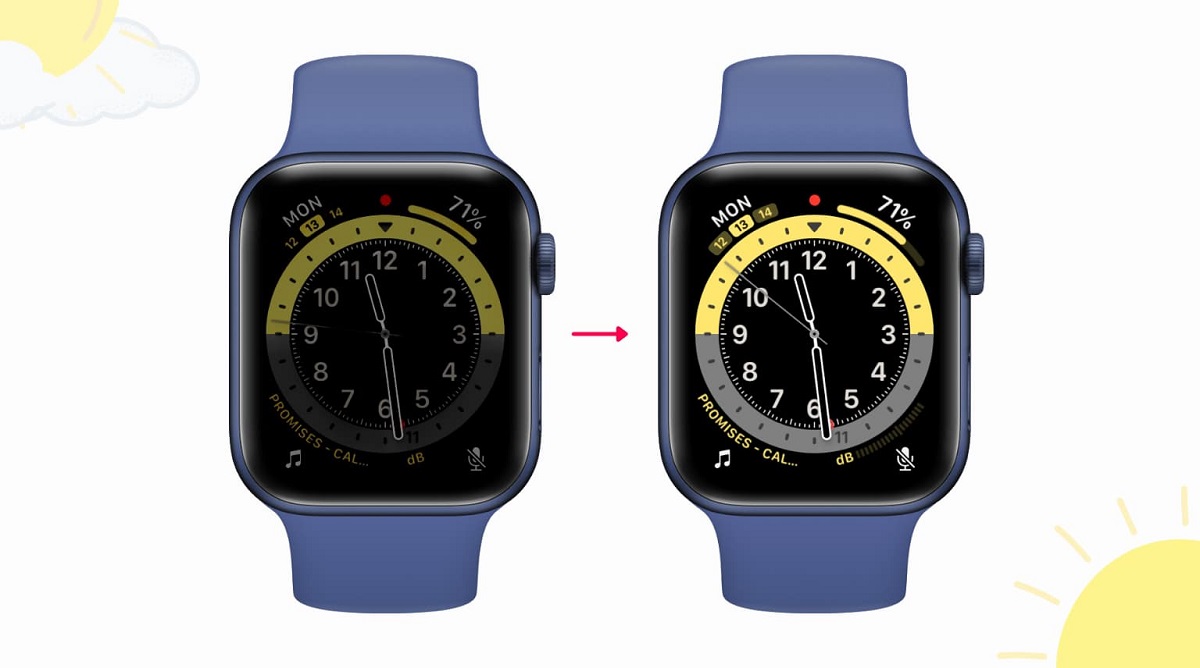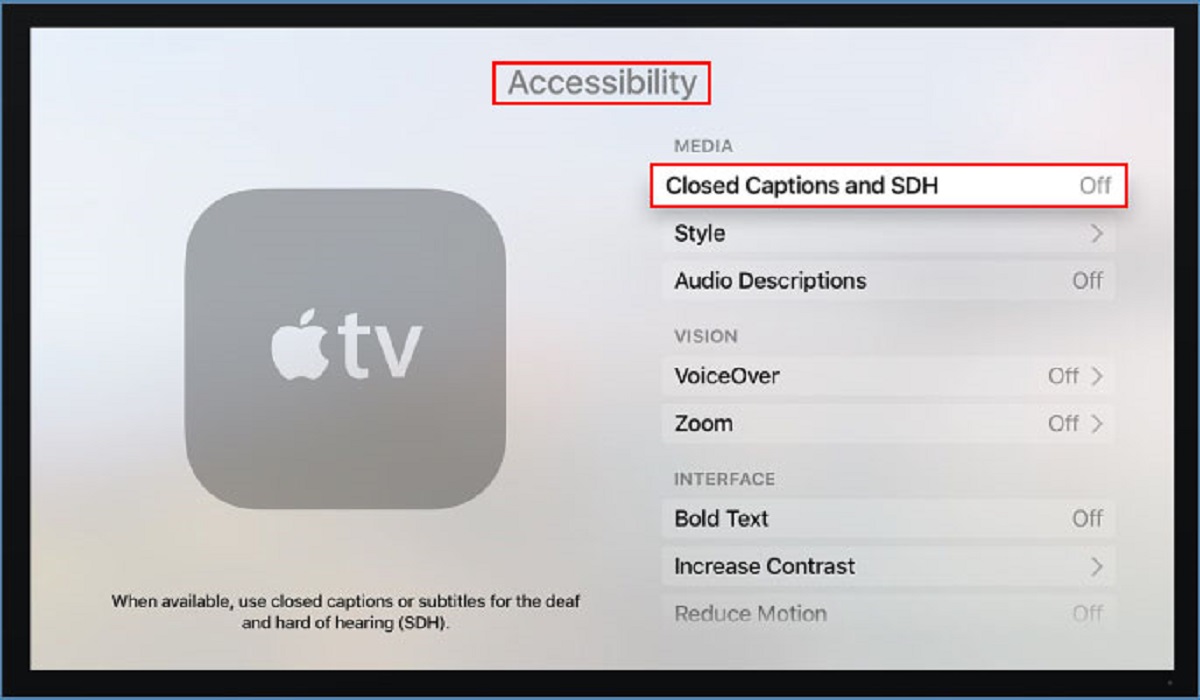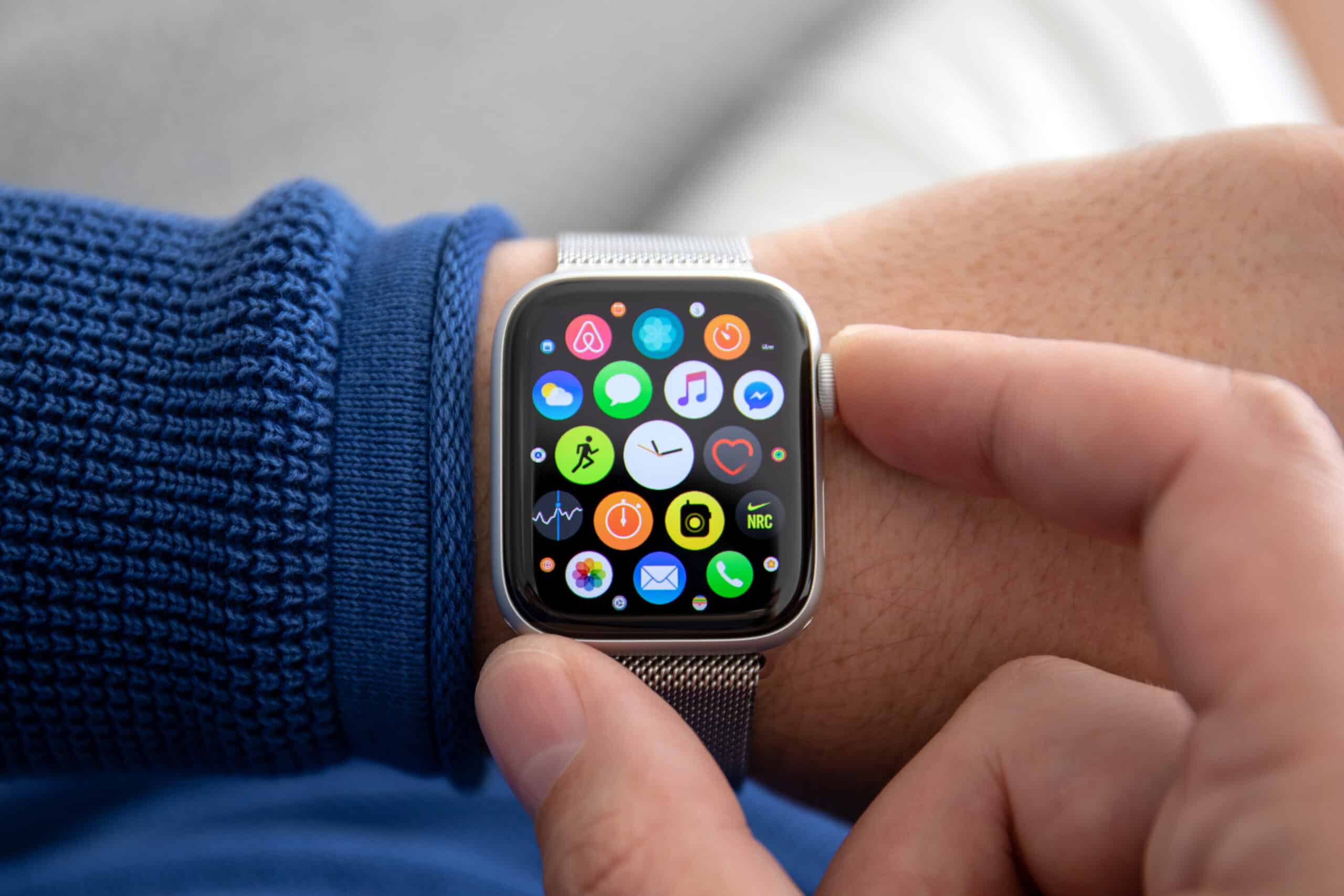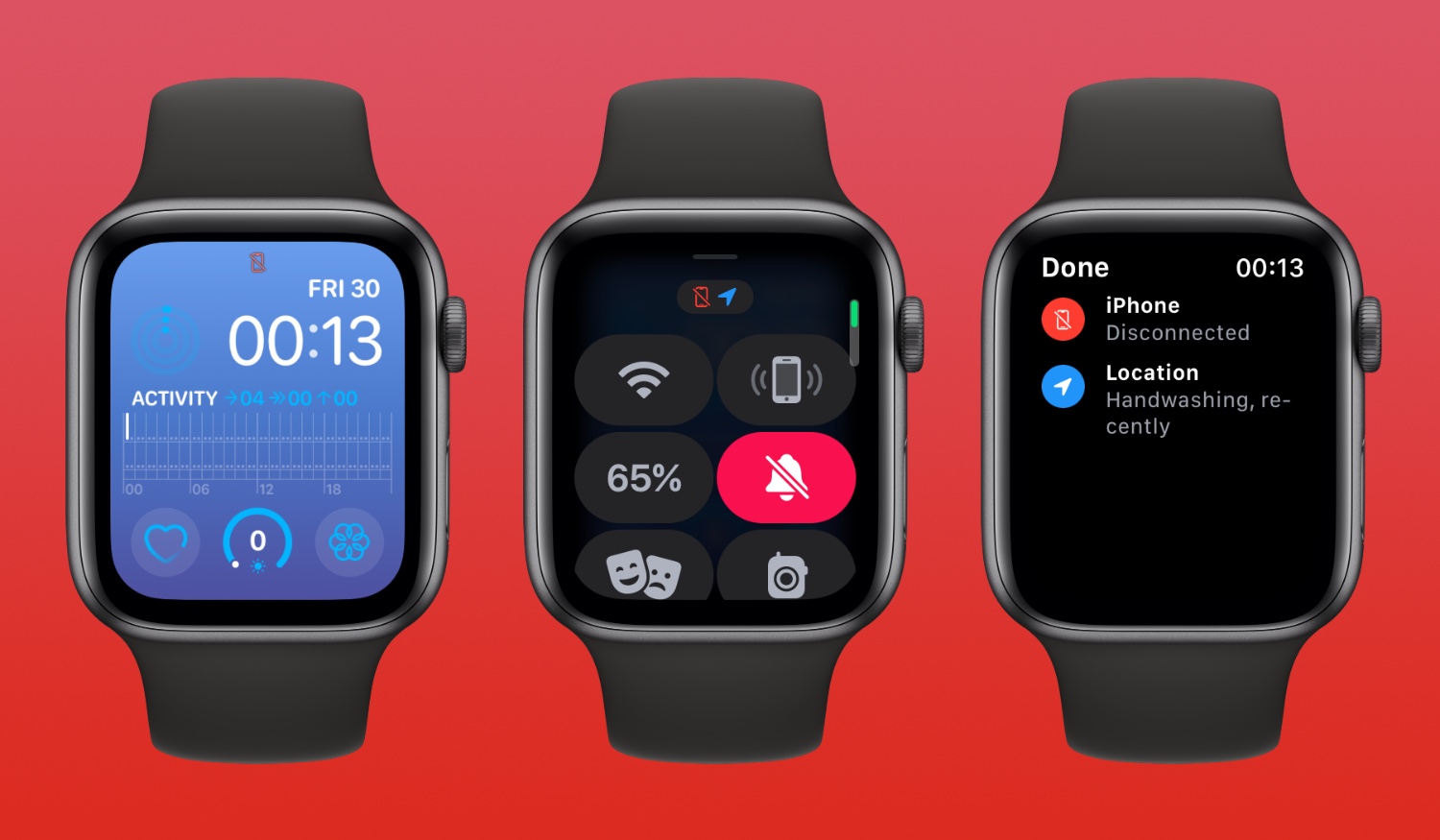Overview
Have you ever encountered the frustrating issue of not being able to swipe up or down on your Apple Watch? If so, you’re not alone. This problem can be incredibly annoying, as it hampers your ability to navigate through menus, notifications, and apps on your wearable device. Fortunately, there are several potential causes for this issue, and even better, there are various solutions you can try to resolve it.
One common cause of the inability to swipe up or down on an Apple Watch is the activation of the Water Lock feature. When Water Lock is engaged, the touchscreen is temporarily disabled to prevent accidental inputs when the watch comes into contact with water. Another possible cause is a software glitch that can be remedied by restarting the Apple Watch.
Adjusting the Display & Brightness settings on your Apple Watch can also help resolve the problem. Sometimes, certain settings may interfere with touch functionality, and tweaking them may provide a quick fix. Additionally, ensuring that your Apple Watch has the latest software update can address any known bugs that may be causing the issue.
If none of the aforementioned solutions work, resetting the syncing data between your iPhone and Apple Watch might help. This process refreshes the connection between the devices and can potentially resolve any communication issues. Lastly, unpairing and then pairing your Apple Watch again can often troubleshoot persistent swipe issues.
In this article, we will delve into each of these potential causes and solutions in detail. By following the steps outlined, you can regain the ability to swipe up and down on your Apple Watch, allowing you to seamlessly navigate your watch’s features and applications once again.
Possible Causes
There are several potential causes for the inability to swipe up or down on your Apple Watch. Understanding these causes is crucial in order to identify the most appropriate solution. Let’s explore the possible reasons behind this frustrating issue:
- Water Lock: One common cause is the activation of the Water Lock feature. When Water Lock is enabled, the touch screen is temporarily disabled to prevent accidental inputs when the watch is submerged in water. This feature is essential for protecting your Apple Watch, but it can be the reason why you can’t swipe up or down.
- Software Glitch: Another culprit could be a software glitch. Like any electronic device, the Apple Watch is prone to experiencing occasional bugs and errors. These glitches can affect the touch responsiveness, causing the inability to swipe up or down. Restarting your Apple Watch can often resolve such issues.
- Display & Brightness Settings: The touch functionality of your Apple Watch can also be influenced by certain display and brightness settings. If these settings are not properly configured, they can interfere with swipe gestures. It’s worth adjusting these settings to see if it resolves the problem.
- Outdated Software: If your Apple Watch is running on outdated software, it may have compatibility issues with certain apps or features. Software updates often include bug fixes and improvements that can address touch-related problems. Ensuring that your Apple Watch has the latest software version is a good troubleshooting step.
- Syncing Data: Sometimes, a miscommunication between your iPhone and Apple Watch can hinder swipe functionality. Resetting the syncing data between the two devices can refresh the connection and potentially resolve any underlying issues causing the swipe problem.
By understanding these possible causes, you can narrow down the troubleshooting process and determine the most appropriate solution for your specific situation. In the following sections, we will guide you through each potential solution to help you regain the ability to swipe up and down on your Apple Watch.
Solution 1: Check for Water Lock
One of the common causes for the inability to swipe up or down on your Apple Watch is the activation of the Water Lock feature. This feature is designed to protect your device from accidental inputs when it comes into contact with water. When Water Lock is enabled, the touchscreen functionality is temporarily disabled, preventing any unwanted actions.
To check if Water Lock is causing the problem, follow these steps:
- On your Apple Watch, swipe up on the watch face to access the Control Center.
- Look for the water drop icon. If you see it, that means Water Lock is enabled.
- To disable Water Lock, tap the water drop icon once. You may need to rotate the Digital Crown to unlock it first.
- After disabling Water Lock, try swiping up or down on your Apple Watch to see if the issue is resolved.
It’s important to note that Water Lock is an important feature for the protection of your Apple Watch, especially during activities such as swimming or showering. However, it can be easy to activate it unintentionally, leading to the inability to swipe up or down on the device. Therefore, make sure to toggle Water Lock off when you don’t need it for water-related activities.
If disabling Water Lock doesn’t solve the problem, it’s time to explore other potential solutions. Read on to discover additional troubleshooting methods to resolve the issue of not being able to swipe up or down on your Apple Watch.
Solution 2: Restart Your Apple Watch
If you’re still unable to swipe up or down on your Apple Watch, a simple restart may help resolve the issue. Restarting your Apple Watch can clear temporary glitches or errors that could be causing the touch screen problem.
To restart your Apple Watch, follow these steps:
- Press and hold the side button of your Apple Watch until the power-off slider appears.
- Drag the power-off slider to the right to turn off your Apple Watch.
- Once your Apple Watch is turned off, press and hold the side button again until the Apple logo appears.
- Release the side button and wait for your Apple Watch to restart.
After the restart is complete, check if the issue is resolved by attempting to swipe up or down on your Apple Watch. With a bit of luck, the touch screen functionality should be restored.
If the problem persists even after restarting, don’t worry. There are still other potential solutions to try. Continue reading to explore additional troubleshooting methods that can help you regain the ability to swipe up and down on your Apple Watch.
Solution 3: Adjust Display & Brightness Settings
Incorrect display and brightness settings can sometimes interfere with the touch functionality of your Apple Watch, resulting in the inability to swipe up or down. By adjusting these settings, you may be able to resolve the problem.
To adjust the display and brightness settings on your Apple Watch, follow these steps:
- On your Apple Watch, go to the home screen by pressing the Digital Crown.
- Tap on the “Settings” app.
- Scroll down and select the “Display & Brightness” option.
- Adjust the brightness slider by dragging it to the left or right.
- Toggle on the “Wake Screen on Wrist Raise” option if it’s currently off.
By experimenting with different brightness levels and enabling the “Wake Screen on Wrist Raise” option, you can optimize the display settings to enhance touch responsiveness. Ensure that the display brightness is set at a comfortable level while still allowing for clear visibility.
Once you’ve made the necessary adjustments, test whether the issue has been resolved by swiping up or down on your Apple Watch. If the problem persists, move on to the next potential solution.
Remember, fine-tuning the display and brightness settings on your Apple Watch can have a significant impact on the touch functionality, so don’t overlook this troubleshooting step.
Solution 4: Update Apple Watch Software
Outdated software can sometimes be the reason behind the inability to swipe up or down on your Apple Watch. Apple frequently releases software updates that include bug fixes and improvements to enhance the overall performance and functionality of their devices. By updating your Apple Watch software, you may be able to resolve the touch screen problem.
To check for and install software updates on your Apple Watch, follow these steps:
- Ensure that your Apple Watch is connected to your iPhone with a stable Bluetooth connection.
- Open the “Watch” app on your iPhone.
- Tap on the “General” option.
- Select “Software Update.”
- If an update is available, tap on “Download and Install.”
- Follow the on-screen instructions to complete the installation process.
It’s important to have a strong and stable internet connection to ensure a successful software update. Also, make sure that your Apple Watch is sufficiently charged or connected to a power source during the update process.
After the software update is complete, check if you can now swipe up or down on your Apple Watch. If the issue persists, proceed to the next potential solution.
Updating your Apple Watch software is crucial for maintaining its performance and resolving any known software-related issues. Make it a habit to regularly check for and install software updates to keep your Apple Watch running smoothly.
Solution 5: Reset Syncing Data
If you’ve tried the previous solutions and are still unable to swipe up or down on your Apple Watch, there may be an issue with the syncing data between your iPhone and Apple Watch. Resetting this syncing data can help refresh the connection and potentially resolve any communication problems that are causing the touch screen issue.
To reset syncing data between your iPhone and Apple Watch, follow these steps:
- On your iPhone, open the “Watch” app.
- Tap on the “My Watch” tab at the bottom of the screen.
- Scroll down and tap on “General.”
- Select “Reset.”
- Tap on “Reset Sync Data.”
Keep in mind that resetting the syncing data will disconnect your Apple Watch from your iPhone. After the reset, you’ll need to set up the pairing process again.
Once you have reset the syncing data, follow the instructions provided by the on-screen prompts to reconnect your Apple Watch to your iPhone. Ensure that the devices are within close proximity and that Bluetooth is turned on.
After the reconnection is complete, check if the problem with swiping up or down on your Apple Watch has been resolved. If the issue persists, proceed to the next potential solution.
Resetting the syncing data can mitigate potential communication issues between your iPhone and Apple Watch, allowing for a smoother connection and better touch screen functionality. If this solution doesn’t solve the problem, there is still one more troubleshooting step to try.
Solution 6: Unpair and Pair Your Apple Watch
If none of the previous solutions have resolved the issue of not being able to swipe up or down on your Apple Watch, unpairing and pairing your device again can often be the final solution. This process will disconnect your Apple Watch from your iPhone and establish a fresh connection, potentially resolving any persistent touch screen problems.
Follow these steps to unpair and pair your Apple Watch:
- Open the “Watch” app on your iPhone.
- Tap on the “My Watch” tab at the bottom of the screen.
- Select your Apple Watch from the list of available devices.
- Tap on the information icon (i) next to your Apple Watch.
- Choose “Unpair Apple Watch.
After unpairing your Apple Watch, follow the on-screen instructions to pair it again with your iPhone. This will involve positioning your Apple Watch in the viewfinder of your iPhone’s camera and entering a verification code.
Once the pairing process is complete, set up your Apple Watch as new or restore it from a backup if you have one. Make sure to follow the prompts and provide the necessary information to complete the setup.
After the re-pairing is done, check if you can now swipe up or down on your Apple Watch. This process should effectively address any persistent touch screen issues you were experiencing.
If, after unpairing and pairing your Apple Watch, the swipe problem continues, it may be time to contact Apple Support or visit an Apple Authorized Service Provider for further assistance.
Unpairing and pairing your Apple Watch can often resolve stubborn touch screen problems by establishing a fresh connection with your iPhone. The process is relatively straightforward and can be a final attempt at troubleshooting before seeking professional help.
Conclusion
The inability to swipe up or down on your Apple Watch can be a frustrating experience, but rest assured that there are several potential solutions to overcome this issue. By following the steps outlined in this article, you can troubleshoot and resolve the touch screen problem on your Apple Watch.
We explored various possible causes for the swipe issue, including Water Lock, software glitches, display and brightness settings, outdated software, syncing data problems, and more. Each of these potential causes was accompanied by a specific solution to address the issue.
If you haven’t already, start by checking if Water Lock is enabled and disable it if necessary. Restarting your Apple Watch may also help clear temporary glitches. Adjusting the display and brightness settings can optimize touch functionality, while updating the software can resolve any known bugs. Resetting the syncing data between your iPhone and Apple Watch can refresh the connection, and if all else fails, unpairing and pairing your Apple Watch may provide a fresh start.
By following these troubleshooting methods, you should be able to restore the ability to swipe up and down on your Apple Watch. However, if the issue persists even after trying all the solutions, it may be best to seek further assistance from Apple Support or an Apple Authorized Service Provider.
Your Apple Watch is a powerful and versatile device that enhances your daily life, and it’s important to maintain its optimal functionality. Don’t let touch screen issues hold you back from enjoying the full potential of your Apple Watch.







